KEMBRA PFAHLER
1, 2, 3... I LOVE YOU
About this work
Edition details
Packaging



Butt Print I
£250
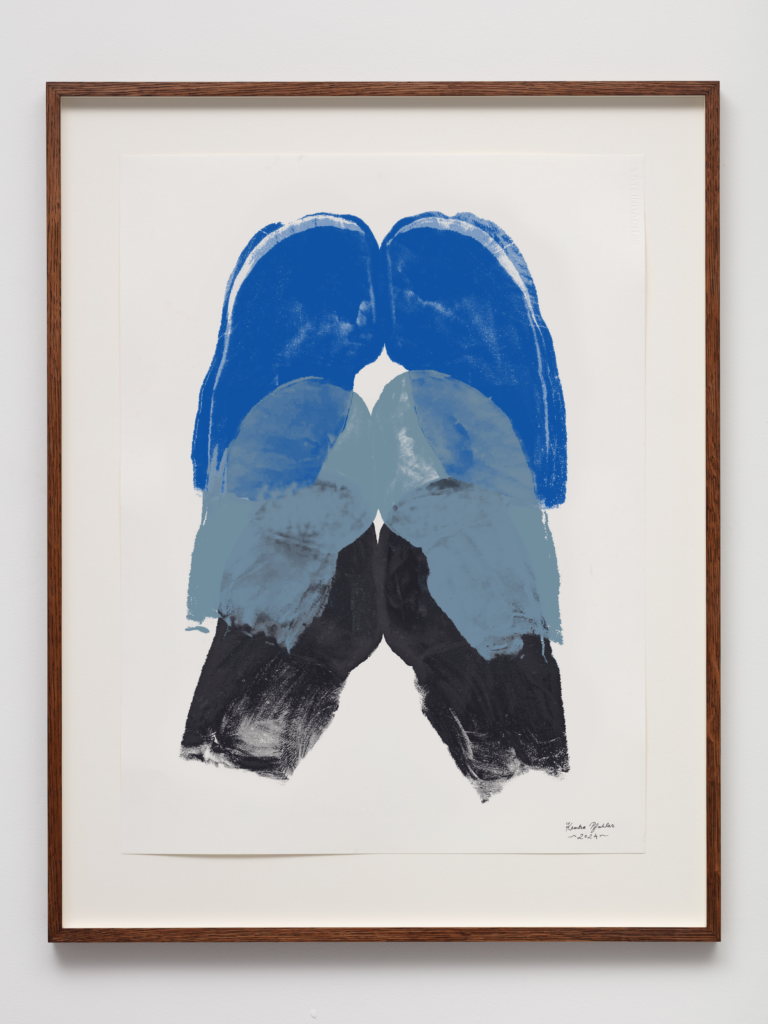
Butt Print II
£250
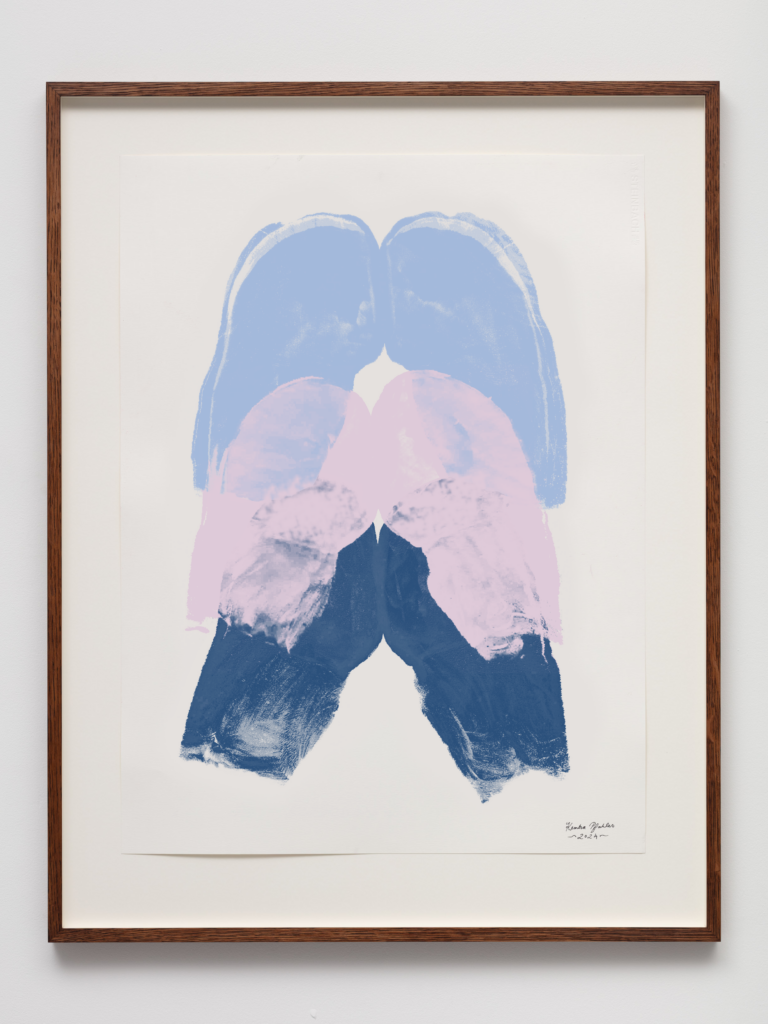
Butt Print III
£250
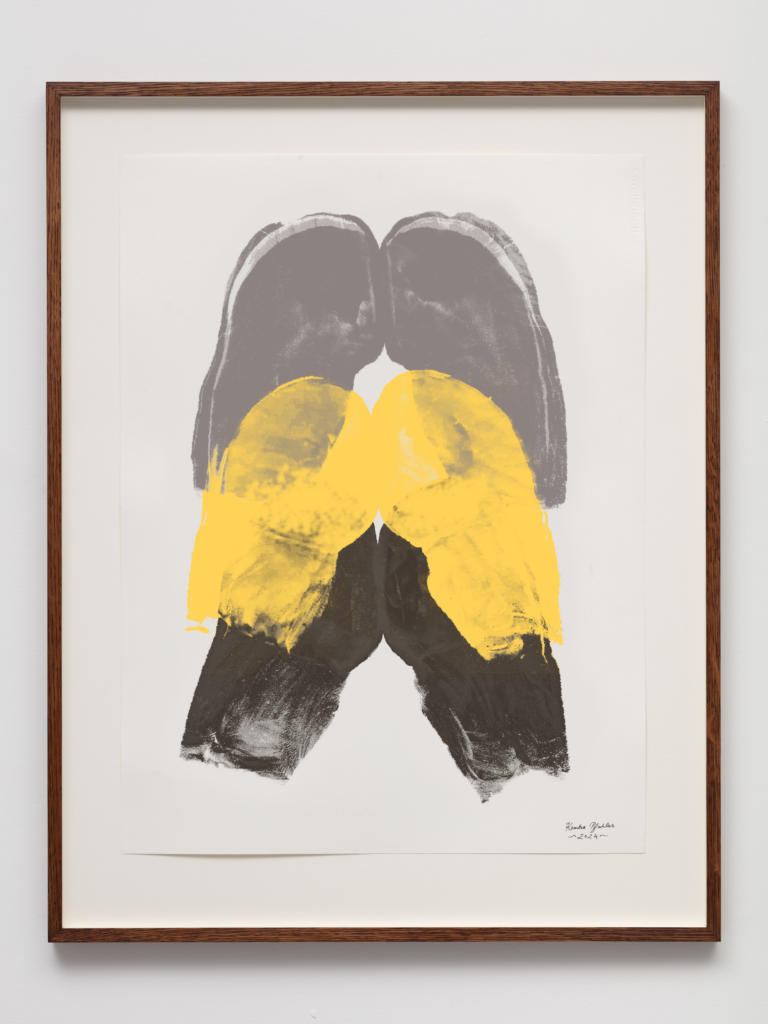
Butt Print IV
£250
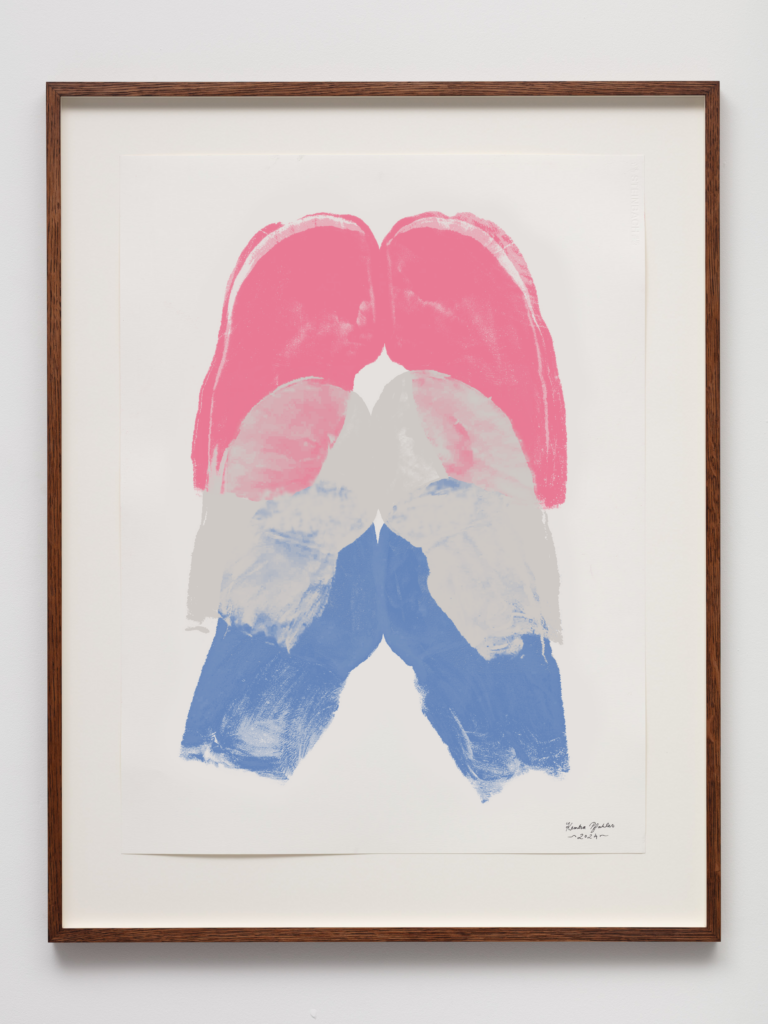
Butt Print V
£250
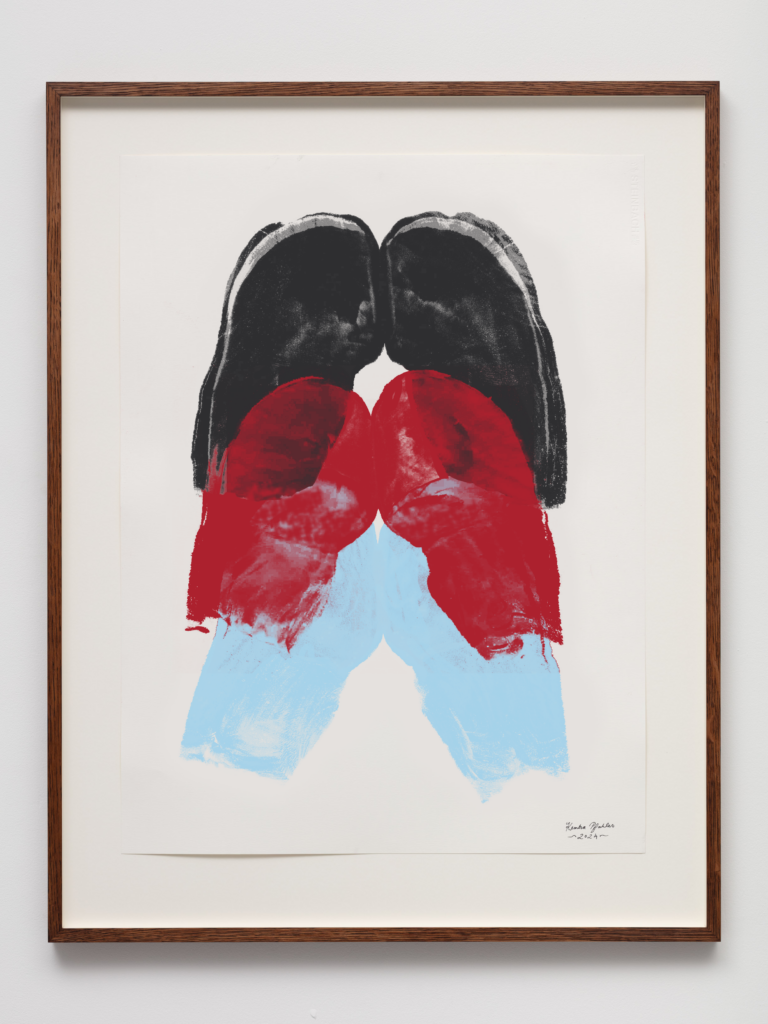
Butt Print VI
£250
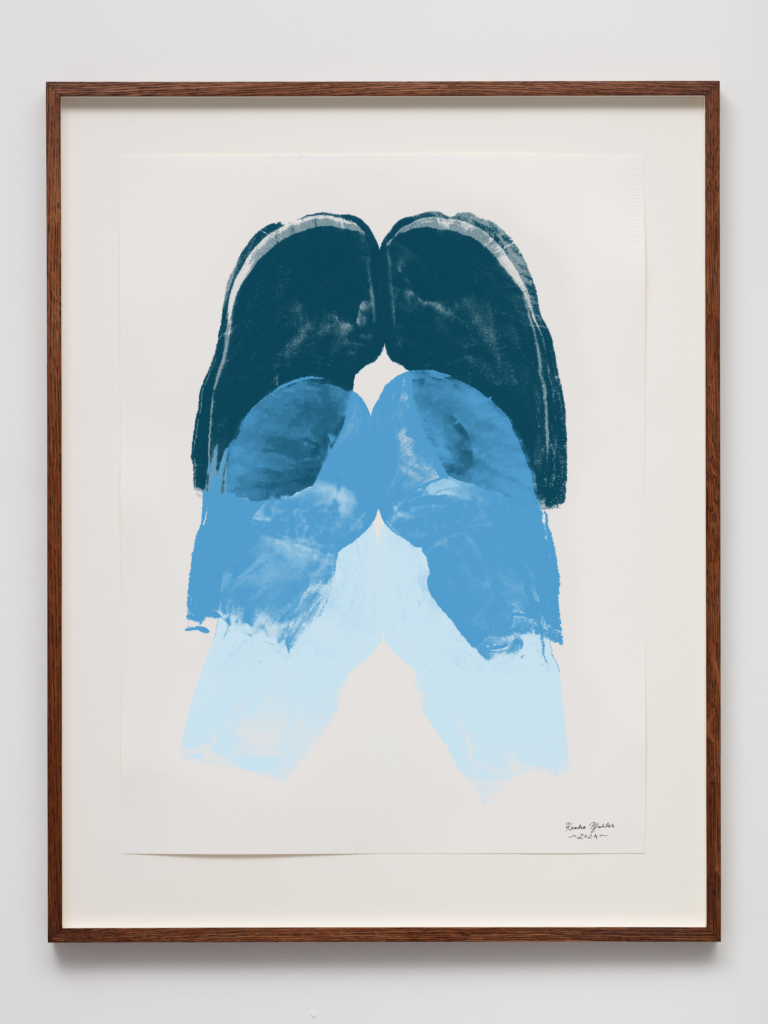
Butt Print VII
£250
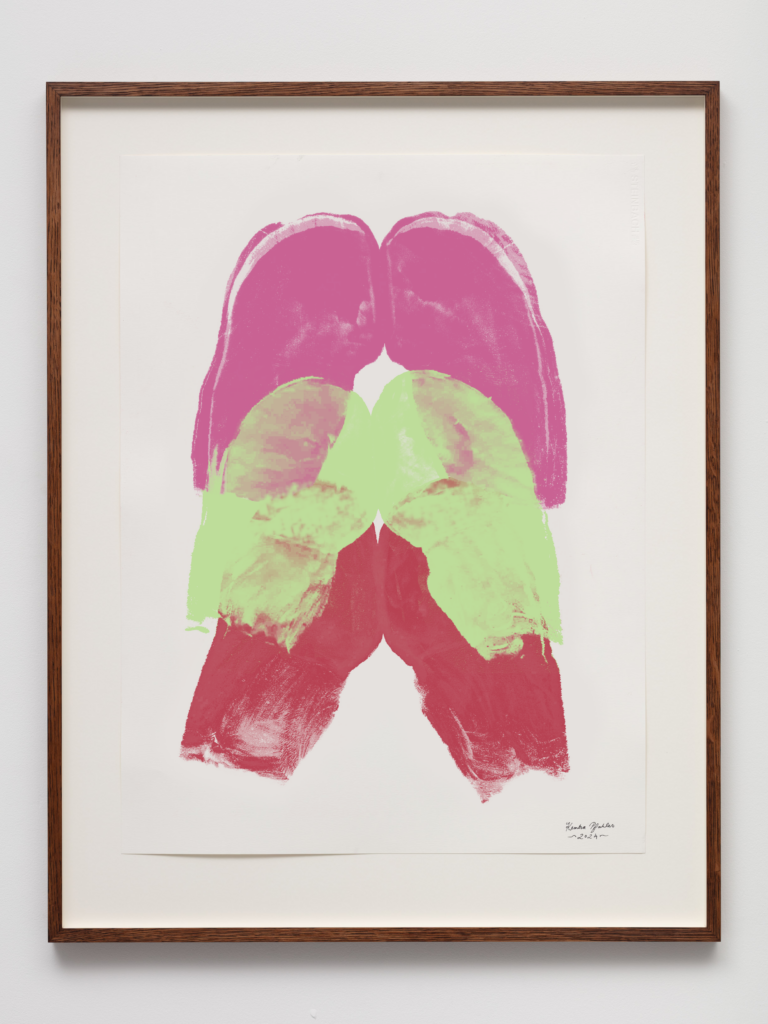
Butt Print VIII
£250
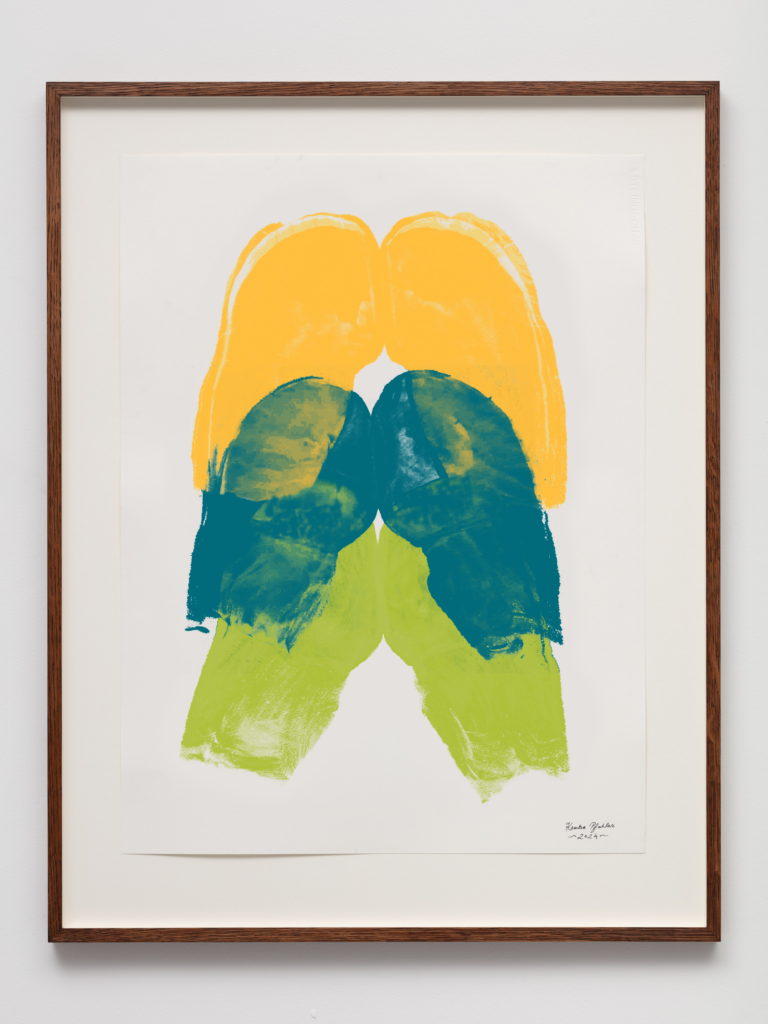
Butt Print IX
£250

Butt Print X
£250
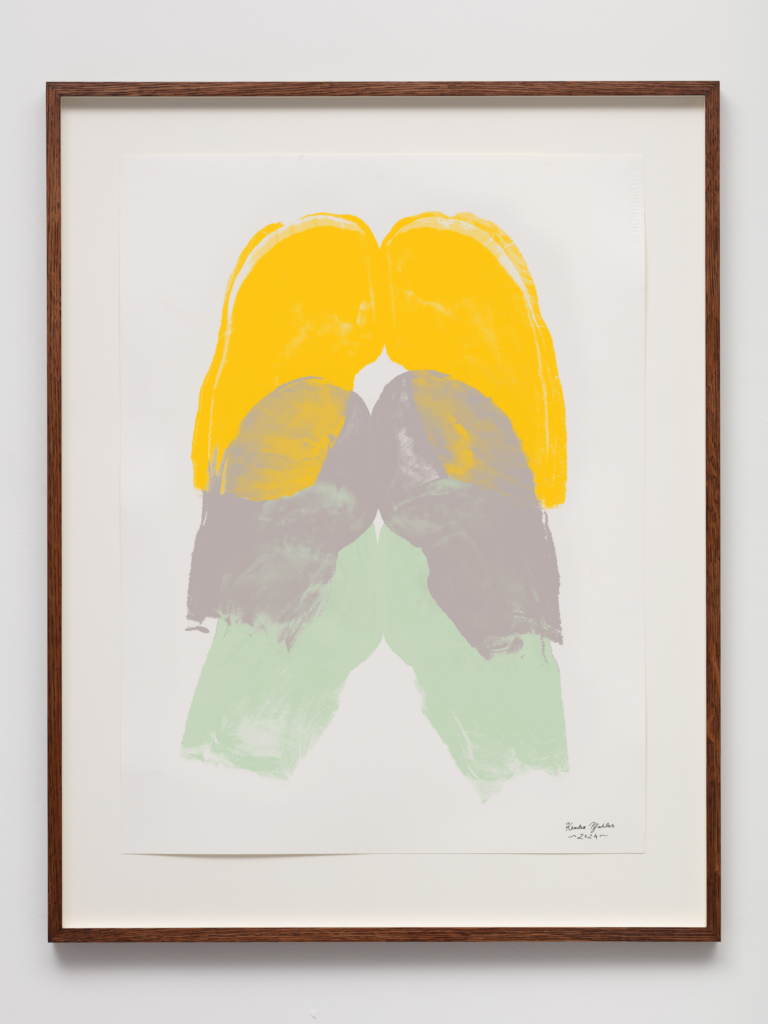
Butt Print XI
£250
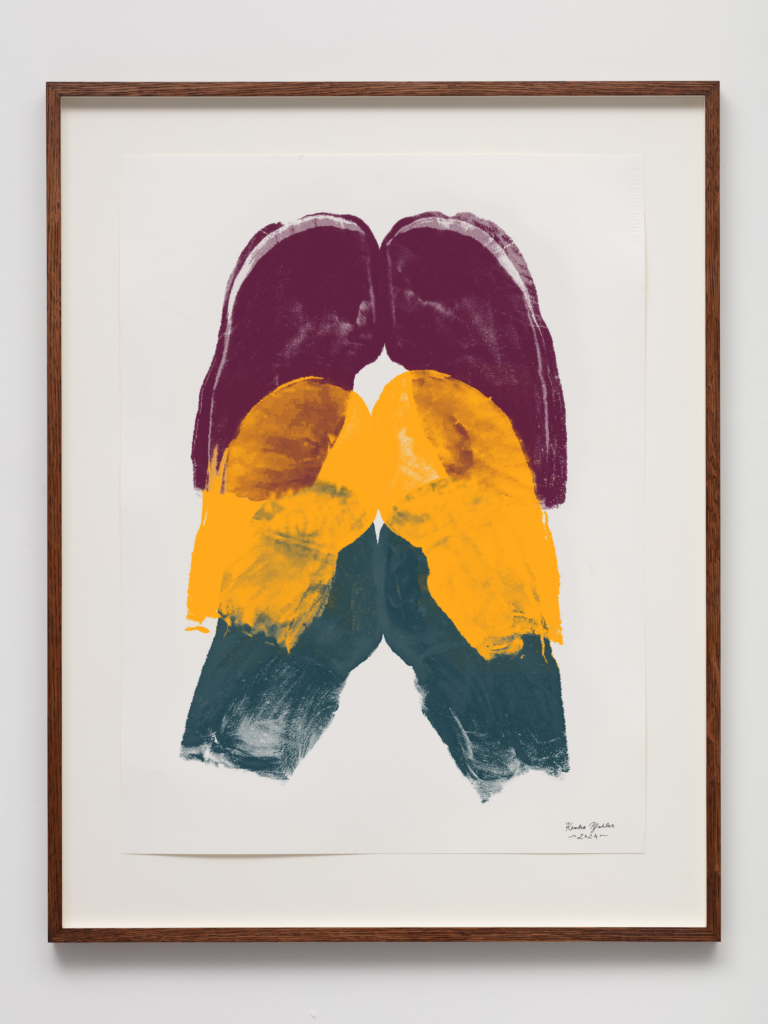
Butt Print XII
£250

‘Everyone can be an artist’ — a call that encapsulates the potential for each human being to embrace creativity, granting agency over one’s own life and enabling individuals to become creators rather than mere subjects to disempowering routines and roles. However, this holistic possibility is often obscured by a pervasive sense of discouragement fostered by societal pressures, historical dystopia, and the perception of art as confined to museums, leisure time, or exclusive domains. The vision that ‘everyone can be an artist’ inherently involves a flight of imagination challenging the ontological separation between life and art, reinstating the fundamental participation of the latter in every aspect of existence, much like the unity between humanity and nature.
Kembra Pfahler has always been one step ahead or one step outside. Since her first performances in the 80s in New York, the artist’ life practice has been to embody, dismantle, and reconstruct where divisions existed, echoing Louise Bourgeois’s sentiment of art as restoration: ‘The idea is to repair the damages that are inflicted in life and make something that is fragmented – which is what fear and anxiety do to a person – into something whole’. Envisioned in antithesis to ‘the destructive idea of an artist’s life’, The Manual of Action is a an educational offering, a space for (re)action in which self-expression coincides with freedom rather than ‘free time’. In the wake of worldwide censorship — impacting voices, bodies, and ideas — the urgency to restore expression is paramount for fostering a society at whose core lies creativity instead of capitalism’s de-humanizing logic.